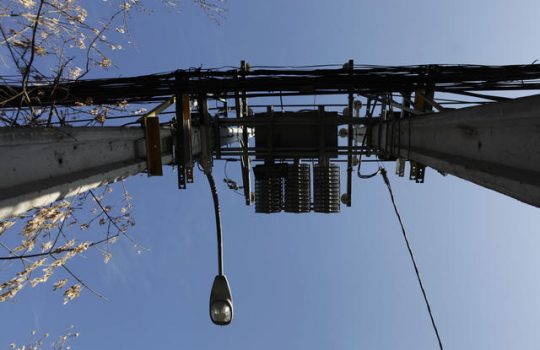
Systep’s analysis points out that this result would be given considering the current New Replacement Value (NRV) compared to the assumed scenario of investing in subway distribution networks.
Undergrounding of overhead lines in distribution would mean extra costs of up to US$1.845 billion
The undergrounding of overhead lines would mean an extra cost of US$1,845 million, according to a study carried out by the consulting firm Systep, which compares the current New Replacement Value (NRV) (US$913 million) versus a scenario in which investment in subway distribution networks would be made, which would rise to US$2,758 million.
According to the analysis, if the Distribution Added Value (VAD) is considered, the additional investment cost between the assumed scenario of burying the cables and the current situation would be US$184 million, while if the Operating, Maintenance and Administration Costs (Coma) variables are taken into account, the difference would be an extra US$4 million.
The objective of the study was to see the impact that the undergrounding of the distribution networks would have on the final amount of electricity tariffs paid by end users, where a maximum difference of $16 per additional kWh was detected.
“The results show that it is possible to consider the use of subway networks as a new development alternative within the current regulatory framework,” the report states.
“As mentioned in previous opportunities, although the current distribution tariffs promote an efficient and economically adapted system, they do not necessarily encourage investments in quality of supply, operational improvements or automation. Thus, the consideration of the use of subway facilities in the distribution network is appropriately articulated with the contingent discussion regarding a possible replacement of the current remuneration scheme based on new replacement value, by an incentive-based regulation scheme”, the report states.
“This new framework would allow the recognition of investments in the development of the network that generate positive externalities in addition to security and quality of supply, such as the reduction of visual pollution, greater safety of the population, and promotion of tree planting, among others,” it adds.
The underlying issues left by the drop in supply in distribution





